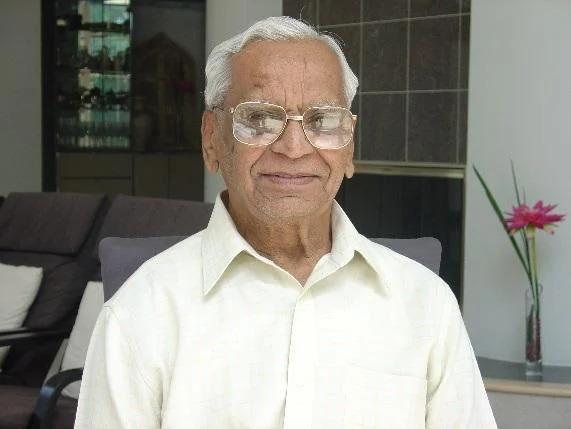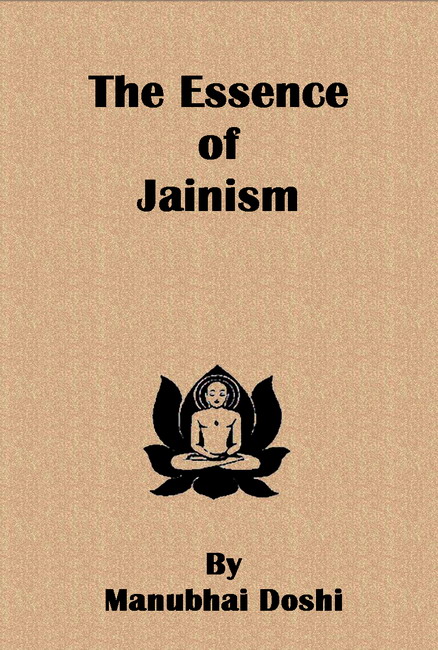Mukti or liberation is the last of the 9 fundamentals. It is also known as Moksha, salvation or emancipation. Followers of almost all religions usually have aspiration for gaining liberation but they hardly have clear concept of that term. They have been told that liberation is the abode of happiness. Many of them therefore imagine that in the liberation stage they would forever get all types of material comforts in abundance. Many of them think that by following religion, they would please the Almighty who would graciously permit them to abide in heaven, where they would get whatever they desire. But what would happen if they somehow happen to displease Him? The Almighty would then send them to hell. Isn’t that? Therefore, pleasing the Almighty does not serve the purpose of gaining the happiness, because after a spell of so called happiness they have to face misery and pain once again. Thus their longed for happiness turns out to be a fiction.
This brings us face to face with the concept of God. Can there be a God who would be pleased by worship and would therefore bestow wealth and happiness on worshippers and who would harm the non-worshippers? Such an entity can be a despotic ruler or a self-centered man of means or anyone else, but not God. Being self-centered or getting pleased with praise is not a Godly virtue. Again, is it possible for God or Almighty to create universe or anything else out of nothing and destroy it, if He gets disgusted with it? The dispassionate reply will be ‘No’. Moreover, why should He create? If the reply is ‘Out of free will’, the question arises, ‘Why should He will it?’ Even if we admit His will and capacity to create, the question arises, ‘Why he creates anything that is bad, ugly, wicked, miserable, painful etc.?’ There are number of such questions that would tend any intelligent person to think that there is something wrong with the prevalent concept about Creator. Does it not look like a myth? Can there not be a scientific, sensible concept?
At least 2500 years back, Jainism exploded this myth. It boldly refused to believe in a Creator. Without the aid of present day science, it proclaimed that nothing can be produced out of nothing and the original substances or matter, as science would call it, is indestructible. Every such substance exists of its own, with its own properties and would continue to exist in one form or another. Whatever products that we come across, are merely transformations, not creations. They are produced out of something that existed before. As we have seen in chapter 7, Jainism believes in six original substances of which soul is the only conscious substance. Jainism is therefore concerned with its well-being and happiness. After carefully studying living organism, it came to the conclusion that all living beings are embodied souls. Every soul is an independent entity and has been undergoing embodiment after embodiment as a result of bondage of Karma.
For its liberation therefore Jainism does not look for whim or favor of an Almighty. Its concept of liberation is totally different and is based on sound scientific principles. It lays down that all material situations are compositions and no composition can last forever. Our bodies too are compositions and are bound to decompose sooner or later. ‘Material happiness’ is therefore a contradiction in terms, because it is not real happiness that does not last forever. True happiness cannot be obtained from any external situation. That happiness lies within the soul. Whatever phantom of happiness we experience in life is due to the existence of soul within the body. No dead body has ever experienced happiness or any other feeling. It is not the property of physical body to experience anything. Happiness is the inherent property of soul. This inherent happiness does not manifest on account of physical and mental limitations resulting from the bondage of Karma. Everlasting happiness can manifest, when soul shakes off all its bondage.
For this purpose we studied the nature of soul, the bondage of Karmas that obscure and obstruct the manifestation of its properties and how to shake off the bondage. We saw that soul is a substance on its own. Not being a composition, it is not subject to decomposition. Therefore it is eternal and lasts forever. It acquires bondage on account of Asrava of Karmas that can be eradicated by Samvar and Nirjara. This eradication process has two stages, semifinal and final. Semifinal stage is attained when delusion is totally overcome and all Ghatiya or defiling Karmas are destroyed. This is the state of omniscience or Kewaljnan. Such omniscient entity is known as Arihant. After attaining Kewaljnan that entity may continue to live, if He has still to undergo Ayu, Naam, Gotra and Vedaniya Karmas. These four are Aghatiya Karmas that terminate with the termination of the life span. For instance, Lord Mahavir lived for 30 years after attaining Kevaljnan.
With the termination of Aghatiya Karmas, soul attains ultimate liberation. This is the final state which is known as the state of Siddha. Since the bondage stands finally erased, soul is forever freed of embodiment and all other limitations. It is now pure consciousness whose nature of infinite enlightenment and infinite happiness manifests by itself, because there are no longer any factors that obstruct or inhibit its full manifestation. Even a slight reflection of our routine experience would indicate that desire is the root cause of all miseries, problems and unhappiness. In the unembodied state, there is no physical body and hence no physical requirements. Similarly there is no apparatus like mind that would desire anything. That desireless state is the blissful state of liberation.
Every soul has sooner or later to undergo this process of erasing the bondage of Karmas. Till then there is no end to the cycle of birth and rebirth. Arihantas and Siddhas have set the models for our purpose. They are therefore worshipped by aspirants. I n common parlance, they are Jain Gods. They do not bestow liberation or any other favor on worshippers. Liberation is to be gained by one’s own efforts. Listening to the teachings of Arihantas, while they are alive, would provide directions for attaining liberation. Devotion to them and to Siddhas simply provides incentive to the aspirants to strive for attainment of ultimate happiness. They therefore serve as ideals for devotees.
Questions may arise: ‘What would be the form and shape of the liberated soul?’ ‘Where would it stay, move, rest or sleep?’ “What would it be doing?’ Answers are simple. Not being a physical entity, it has no form; it does not move and does not need rest or sleep. Being intangible, its shape is invisible; but the seers have stated that its size would be equal to 2/3rd the size of the last embodiment. Bondage of Karma was holding it. Now being freed of all bondage it rises up in the space and stops at the top of Lokakash. That part of the space is known in Jain terminology as Siddhashila, the abode of liberated souls. Beyond that it is Alokakash where there is no Dharmastikaya. So there is no movement beyond that point. Liberated souls continually stay engrossed in their nature of infinite awareness, infinite enlightenment, infinite energy and infinite bliss. That state is irreversible and as such, it stays forever.
 Manubhai Doshi
Manubhai Doshi
